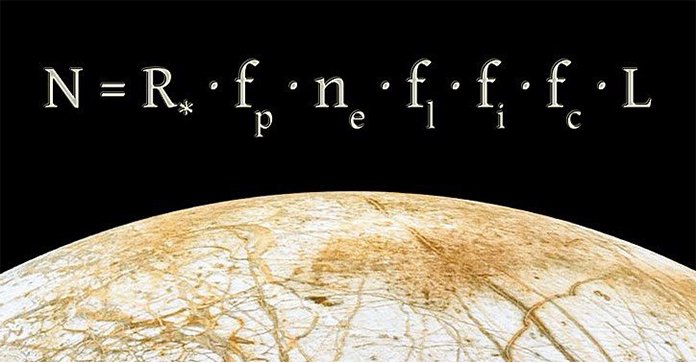The first detection of carbon dioxide in the atmosphere of a avión outside the solar system, the first image of an exoplaneta by JWST, the first image of an exoplaneta ever taken at deep infrared wavelength, the first detection of silicate clouds in the atmosphere of planetary-mass companion…., the Telescopio espacial James Webb (JWST) is ushering in a new era in the study of exoplanets.
Estudio de exoplanetas (i.e., planets outside the solar system) in the stellar systems of estrellas in galaxies (including in our home galaxy Milky Way) hold key to the quest for habitable earth-like planetas with environment and conditions conducive to support life. Exoplanetas are the foci in the search of signatures of extra-terrestrial life. Several decades of thinking following Fermi’s paradox (1950) and Drake’s equation (1961), exoplaneta science seems to be gaining ground now. Over 5000 exoplanetas including in galaxies outside our home galaxia, have already been detected and the list is growing.
JWST, which has recently become operational as a spaced-based Infrared Observatory commissioned at a distance of 1 million miles from the Earth is overcoming photometric measurement limitations of optical telescopes in a big way and seems to be ushering in a new era in the study of exoplanetas and subsequently towards quest for habitable planetas existentes galaxia natal y más allá.
Uno de estos desarrollos recientes informado en preprint el 24 deth Agosto de 2022 es la primera detección definitiva de dióxido de carbono (CO2) in the atmosphere of an exoplaneta. WASP-39b is a hot gas giant. Previous studies using optical telescopes had indicated presence of CO2 but transmission spectroscopy observations obtained with JWST confirmed presence of CO2 in the atmosphere of this exoplaneta1. Porque esto exoplaneta is a hot gas giant, presence of CO2 sugiere la formación de una atmósfera primaria por enriquecimiento de metales, es decir, la proporción de elementos más pesados que el hidrógeno y el helio está aumentando. Además de CO2, the atmosphere of this exoplaneta should also have water, CO, and H2S. Presencia de CO2 in the secondary atmosphere of a terrestrial exoplaneta is also significant though this is not the case with WASP-39b.
La primera detección definitiva de CO2 fue seguido rápidamente por el informe (el 31st August 2022) of the first images of an exoplaneta tomada por JWST, and the first image of an exoplaneta ever taken at deep infrared wavelength beyond 5 μm. This was done through coronagraphic observations of the exoplaneta, HIP 65426 b, using JWST’s Near-Infrared Camera (NIRCam) and the Mid-Infrared Instrument (MIRI). The images of the exoplaneta HIP 65426 b are quite sharp which confirms that JWST can directly image exoplanets in greater detail for enhanced understanding of the far-away planetary systems2.
Otro acontecimiento más informado el 1st September 2022 is the highest fidelity spectrum to date of a planetario-mass object, VHS 1256 b which was observed with JWST’s NIRSpec IFU and MIRI MRS modes. Water, methane, carbon monoxide, carbon dioxide, sodium, and potassium were observed in the spectrum. Further, the research team directly detected silicate clouds in the atmosphere of VHS 1256 b, which is the first such detection for a planetario-mass companion3.
The tools used in these studies, courtesy JWST, open door for new discoveries about exoplanets in the home galaxia y más allá.
***
Referencias:
- El equipo científico de salida temprana de la comunidad de exoplanetas en tránsito del JWST et al 2022. Identificación de dióxido de carbono en la atmósfera de un exoplaneta. Enviado el 24 de agosto de 2022. Preimpresión en arXiv. DOI: https://doi.org/10.48550/arXiv.2208.11692
- Carter, Alabama et al. 2022. Programa científico de lanzamiento anticipado de JWST para observaciones directas de sistemas exoplanetarios I: imágenes de alto contraste del exoplaneta HIP 65426 b de 2 a 16 μm. Preimpresión en arXiv. Enviado el 31 de agosto de 2022. DOI: https://arxiv.org/abs/2208.14990
- Millas, ser et al. 2022. Programa científico de lanzamiento anticipado de JWST para observaciones directas de sistemas exoplanetarios II: un espectro de 1 a 20 micras del compañero de masa planetaria VHS 1256-1257 b. Preimpresión en axRiv. Presentado el 1 de septiembre de 2022. DOI: https://arxiv.org/abs/2209.00620
***






































